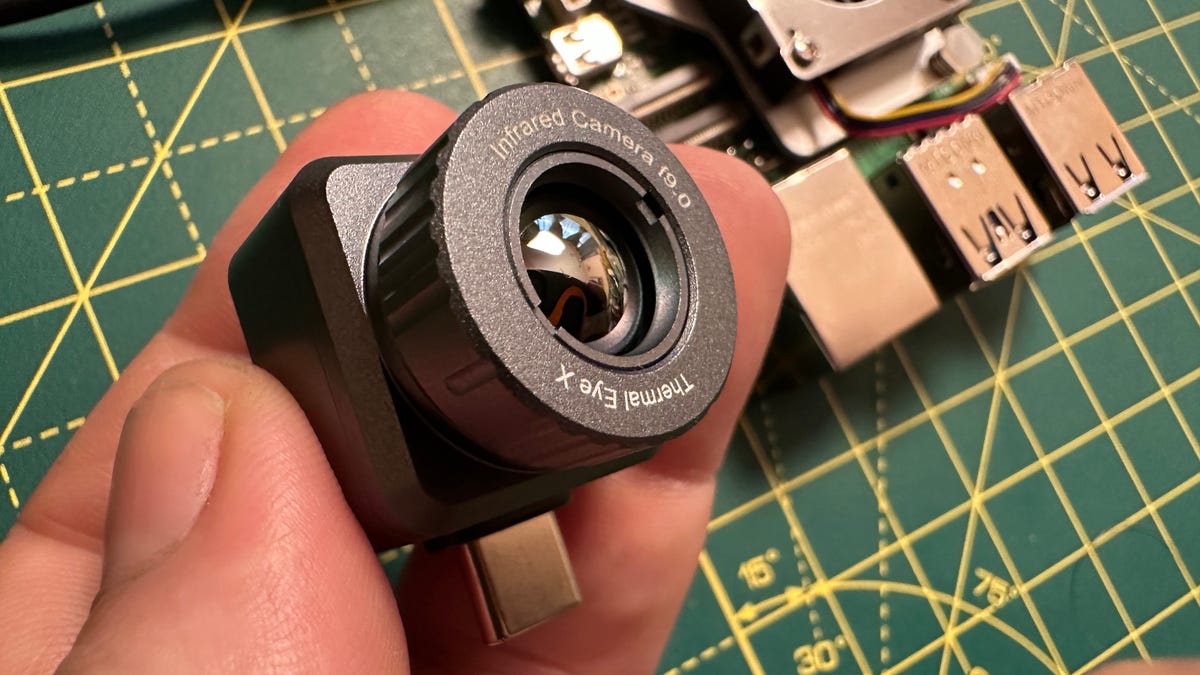BOOK THIS SPACE FOR AD
ARTICLE AD
Photo Credit: NASA / Instagram
Pulsars are the dense leftovers of massive stars that have imploded
The discovery of a unique neutron producing unusual radio signals in our Milky Way galaxy has perplexed astronomers. The neutron star emitted strange-looking flash or pulse 1,300 light-years away that lasted roughly 300 milliseconds. The flash resembled a radio-emitting neutron star in appearance. However, the researchers claim that this was unlike anything they had observed before. They discovered several similar pulses occurring every seven seconds after a thorough survey of the area. It was different from previous neutron star findings.
The researchers suspect their discovery could open the path for a whole new class of stellar objects. Manisha Caleb, a lecturer at the University of Sydney, and her colleagues made the discovery when observing the Vela-X 1 region of the Milky Way, using the MeerKAT radio telescope in South Africa.
Caleb outlined the discovery in a detailed piece. The observation showed that the newly found object, named PSR J0941-4046, had some characteristics of a “pulsar” or even a “magnetar”.
Their findings have been published in the journal Nature Astronomy.
Pulsars are the dense leftovers of massive stars that have imploded. They usually emit radio waves from their poles, which can be measured from Earth as the pulsars rotate. Because of the rotation, they appear like a lighthouse periodically flashing in the distance. A magnetar, on the other hand, has an ultra-powerful magnetic field and it releases vast amounts of energy in the form of flares (X rays and gamma-ray bursts).
However, the researcher said the longest known rotation of a pulsar until now was 23.5 seconds – which means they might have found a completely new class of radio-emitting object.
More analysis of the data revealed to the researchers that PSR J0941-4046 is an unusual neutron star that rotates extremely slowly compared to other pulsars. The object is also unique because it resides in the neutron star “graveyard” – a region of space where astronomers don't expect to detect any radio emissions.
For the latest tech news and reviews, follow Gadgets 360 on Twitter, Facebook, and Google News. For the latest videos on gadgets and tech, subscribe to our YouTube channel.
.png)
 2 years ago
114
2 years ago
114 














 Bengali (Bangladesh) ·
Bengali (Bangladesh) ·  English (United States) ·
English (United States) ·